Abductor Digiti Minimi Muscle
Table of Contents
Abductor Digiti Minimi Muscle Anatomy
Abductor Digiti Minimi is a skeletal muscle situated on the ulnar border of the palm of the hand. It forms the ulnar border of the palm and its spindle-like shape defines the hypothenar eminence of the palm together with the skin, connective tissue, and fat surrounding it.
Origin
Pisiform bone, the pisohamate ligament, and the flexor retinaculum.
Additionally, some fibres originate from the flexor carpi ulnaris tendon, which is joined to the pisiform bone.
The ulnar side of the little finger’s proximal phalanx and its extensor expansion are where the muscle fibres insert into a tendon.
Insertion
Base of the proximal phalanx of the 5th digit on the ulnar or medial side.
Nerve supply
Deep branch of the ulnar nerve.
Blood supply
The palmar arch of the ulnar artery, palmar digital artery, and superficial palmar arch supply the muscle.
Action
It abducts the little finger of the hand.
Function
The main function of the abductor digiti minimi is to move the fifth finger away from the fourth by abduction and flexion at the metacarpophalangeal joint. Because it is attached to the fifth finger’s extensor expansion at the interphalangeal joint, this muscle also helps with finger flexion. The abductor digiti minimi play a vital role in the ability to hold big items with outstretched fingers, like a basketball.
Relations
The most medial of the hypothenar muscles is the abductor digiti minimi, which is located superficial to the opponens digiti minimi muscle and along the ulnar border of the flexor digiti minimi brevis.
The hypothenar eminence is made up of these three muscles together.
Variations
Rarely, antebrachial fascia, radius, and ulna have been discovered to give rise to supplementary fascicles of the abductor digiti minimi.
The most unpredictable hypothenar muscle is the abductor digiti minimi, which can be connected by accessory slips from the flexor carpi ulnaris tendon, the flexor retinaculum tendon, the distal forearm fascia, or the palmaris longus tendon. The muscle may occasionally be partly attached to the fifth metacarpal bone.
If there is just one polydactyly finger, it may be inserted into that finger instead.
Examination
Put the patient’s wrist in neutral and their forearm in supination. Now tell the patient to expand their fingers, to abduct them, focusing on the fifth digit. In order to create an isometric contraction of the abductor digiti minimi, press against the fifth digit (adduction).
Exercises of the Abductor Digiti Minimi Muscle
Strengthening exercise
Isometric Exercise
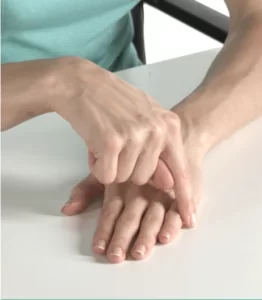
- Sit upright in a chair.
- Place your affected arm on a table with your palm facing down and your fingers flat.
- Place your index finger from your unaffected hand on the outside of your little finger.
- Try to move your little finger away from your other fingers, using your opposite hand to resist the movement.
- Keep your palm and forearm flat on the table throughout the exercise.
- Try to move your little finger away from your other fingers, using your opposite hand to resist the movement.
- Keep your palm and forearm flat on the table throughout the exercise.
Clinical relevance
In rare conditions, the abductor digiti minimi may have two fascicles. passing on the ulnar nerve which may cause entrapment

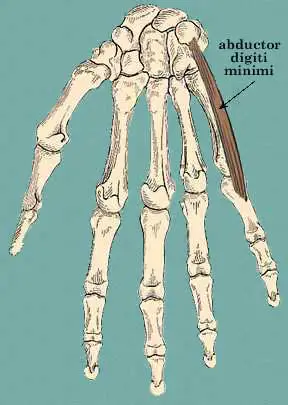
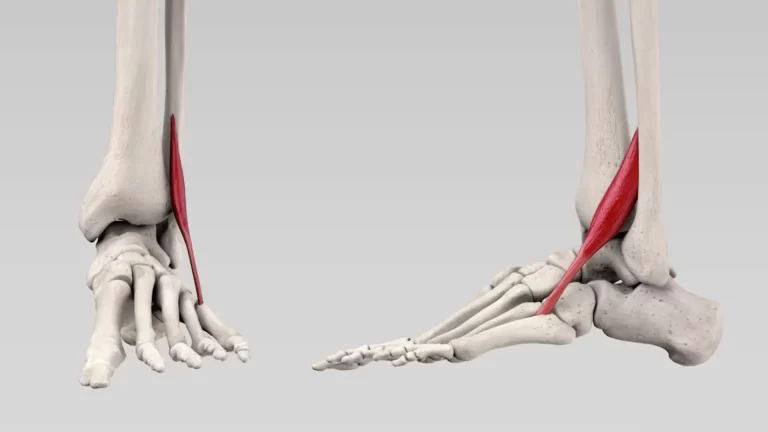
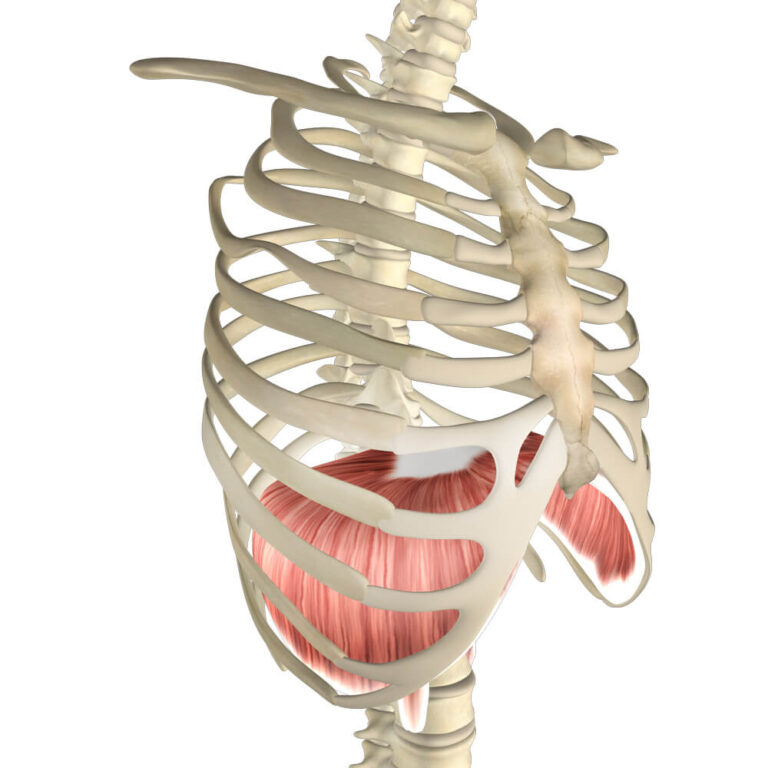

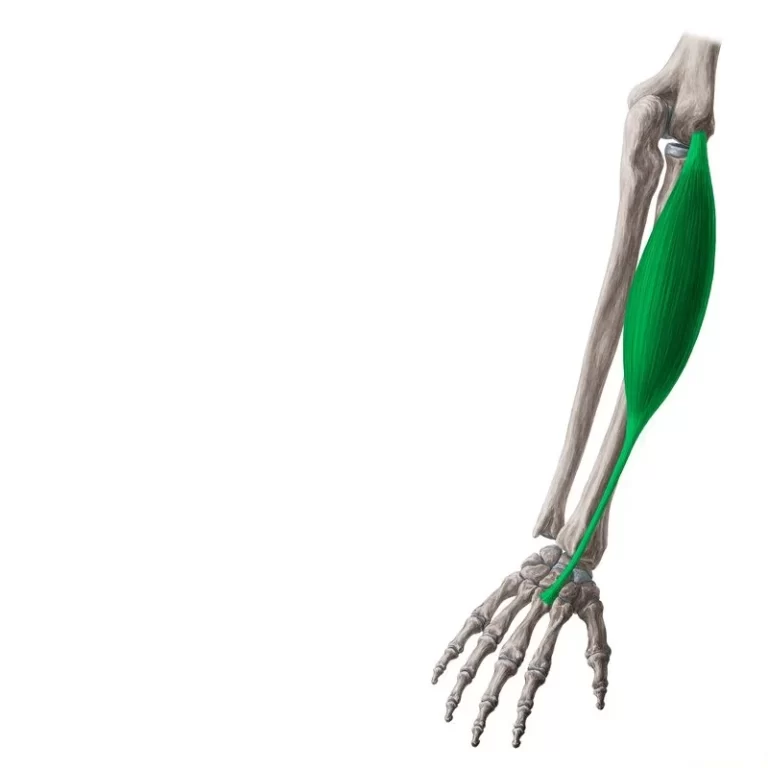
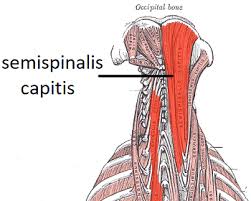
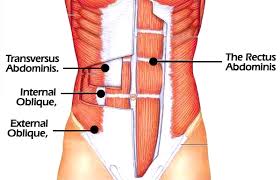
2 Comments